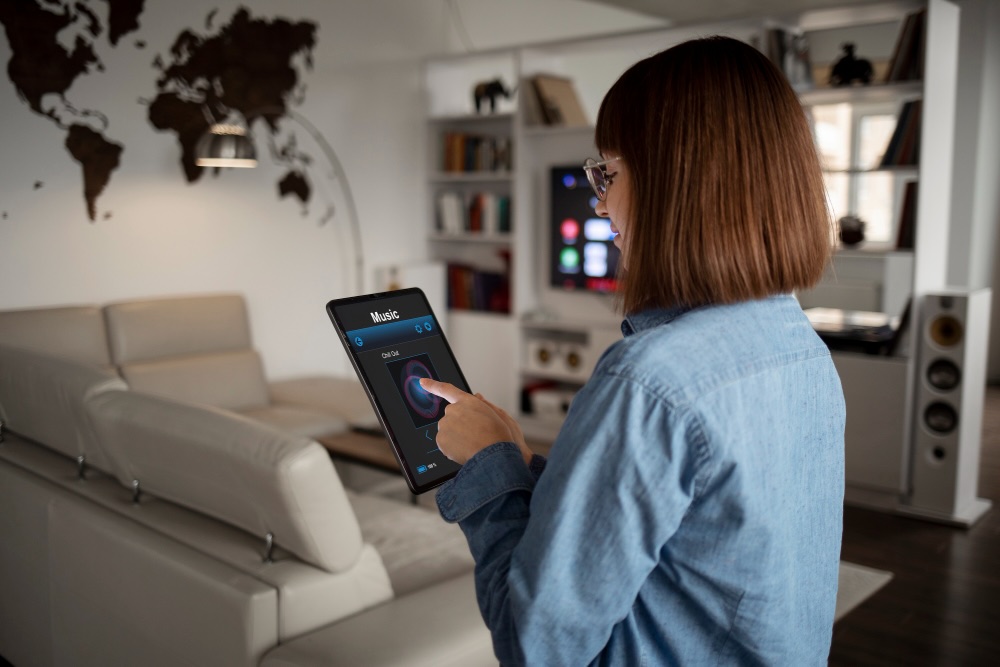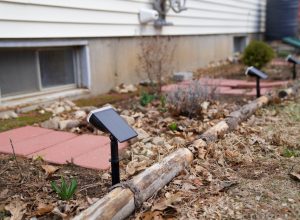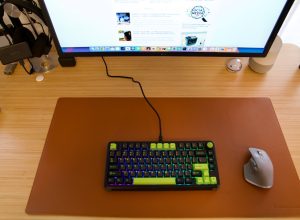The Matter Protocol is a revolution in technology that was launched back in October 2022 to connect different smart home devices through a single ecosystem to communicate and work together efficiently. You can control your smart lights, thermostat, and security system through a single app even if it’s from different brands. It is developed by tech giants such as Apple, Google, and Amazon under the Connectivity Standards Alliance which is meant to connect smart devices over Wi-Fi, Ethernet, or Thread.

But this revolution also comes with challenges such as secure remote access and interoperability. There will be 424 million smart homes by 2028 and with 80% of them being vulnerable to IoT attacks, it’s important to take precautions to improve their security and make your home both smart and safe. In this blog, we are going to look into the Matter Protocol and how it revolutionizes smart home device integration.
Enhancing Remote Smart Home Access With Proxy Services
Since smart home automation is on the rise, homeowners typically control their devices remotely. Even though the Matter Protocol makes sure you have efficient communication between different devices, it also demands stable and secure connections for remote access. One way to achieve this is by using static residential proxies that help ensure a consistent, secure IP address when accessing home networks remotely.
The reason why static residential proxies are much more preferred in this case than other proxies is because of their stability, security, and geo-flexibility. They offer a fixed IP, unlike dynamic proxies that change IPs frequently. Since static residential proxies use real residential addresses, they can avoid getting flagged or detected by hackers. You can access your home network from anywhere without triggering any security alerts from your router.
The Matter Protocol: Breaking Down The Basics
The Matter Protocol sets a new standard to connect different smart home devices for easier automation. Some of its key features include the following:
- It can connect different devices from different brands all under a single app to work together effortlessly.
- It uses a QR code pairing that reduces any complex app configurations.
- The app uses end-to-end encryption to protect data as highlighted by the CSA.
- It uses IP-based communication that allows devices to interact over Wi-Fi, Ethernet, or the Thread Protocol to remove the need for proprietary hubs.
- It is also open-source and is constantly getting updated by major players.
- Matter devices communicate through a trusted network called the Matter Fabric which is based on cryptography.
Due to these benefits, millions of smart homes are now using the Matter Protocol as part of their automation system.
Solving Smart Home Fragmentation
Before the development of the Matter Protocol, the smart home industry was very fragmented with most ecosystems being incompatible. This is because each brand had its own protocols that forced consumers to stick to a single brand or use third-party bridges to connect device.
Matter has created a revolution in the market by creating a universal standard to connect devices. It uses an IPv6 communication protocol that allows devices to connect without any bridges. Major ecosystems such as Apple HomeKit and Google Home use Matter Protocol to connect their devices.
Many manufacturers are integrating the Matter Protocol to reduce the cost and time for developing smart home devices. They can focus on creating Matter-compatible devices and create a single framework for them instead of rolling out custom integrations for each ecosystem. Another great benefit is the backward compatibility and forward-looking approach that enables existing devices to connect with a simple update while having room for innovation for future devices.
How Does Matter Help With The Security Of Devices?
Since the devices are being connected over the internet, there are concerns about how Matter can help secure the smart home from hackers. Matter uses end-to-end encryption for all communication which makes sure that every command is encrypted and cannot be deciphered easily. It uses distributed ledger technology to verify devices based on their unique cryptographic identity stored on the ledger.
A public key infrastructure manages the device identities with a public-private key pair for further verification. Users also have an option for local control that allows communication within the local network instead of the cloud server.
To A More Unified Smart Home
The Matter Protocol is setting new standards for smart home connectivity and security. Manufacturers and users are able to use the Matter Protocol to minimize costs and improve convenience without having to rely on third-party tools to keep IoT devices protected.
Disclosure: We might earn commission from qualifying purchases. The commission help keep the rest of my content free, so thank you!



